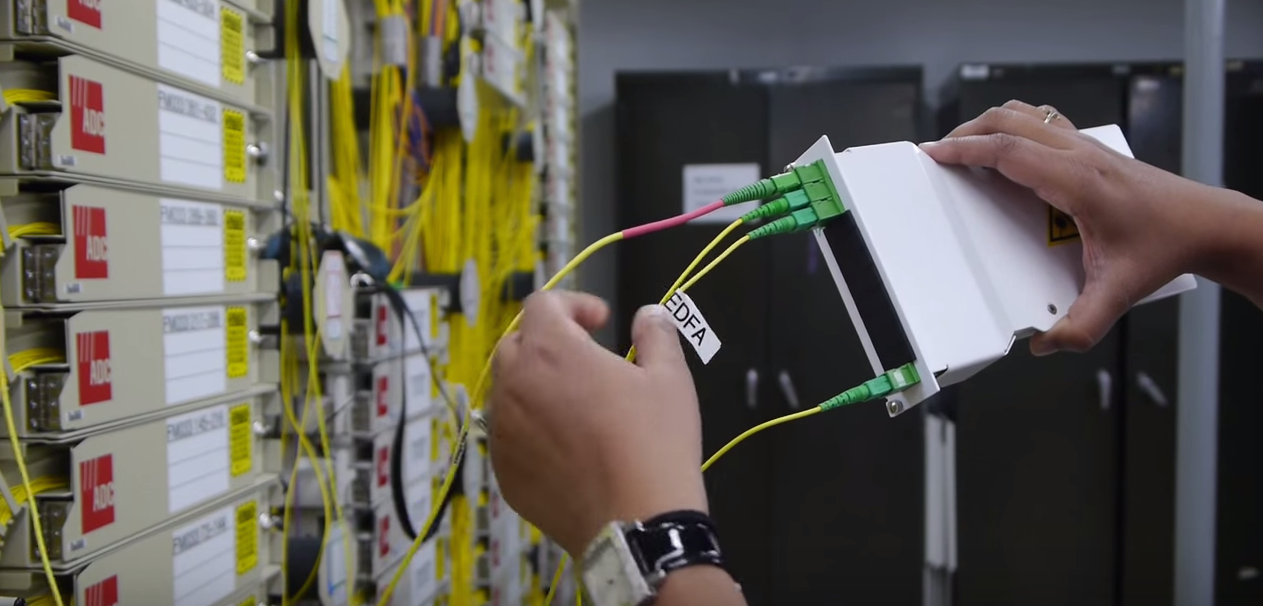Experimental Verizon FiOS Service Would Be 10X Speed Of Google Fiber
 With Google Fiber continuing to expand, offering gigabit broadband service for a reasonable price, some Internet service providers are feeling the heat and beginning to test networks that would blow the pants of Google.
With Google Fiber continuing to expand, offering gigabit broadband service for a reasonable price, some Internet service providers are feeling the heat and beginning to test networks that would blow the pants of Google.
Verizon announced earlier this week that it’s completed new fiberoptic technology that could eventually be deployed via its FiOS broadband service and provide download and upload speeds of 10Gbps, ten times the top speed offered by Google Fiber and similar services, and 20 times the current fastest option from FiOS.
To put it in real-world terms, it currently takes about 17 minutes to download a 2-hour HD movie on current FiOS service. At 10Gbps, it would take around 8 seconds.
The company also believes that 10Gbps isn’t the maximum speed for the tech, dubbed “next-generation passive optical network,” or NG-PON2. Verizon contends that it could ultimately provide service at anywhere from 40-80Gbps.
One lucky FiOS residential customer in Massachusetts, and one business customer in the area, have been testing NG-PON2. In addition to running the test on a dedicated fiber line, Verizon sent out the next-gen signal on a line serving current-gen customers to prove that the two systems could be delivered on the same fiber.
Verizon is touting NG-PON2 as a way to greatly increase speeds, serving the needs of customers with a growing number of Internet-connected devices in their homes and offices, without having to entirely replace the existing network.
Similarly, Comcast recently confirmed that it will soon begin testing DOCSIS 3.1 (short for Data Over Cable Service Interface Specification), which allows for high-speed transfer of data over existing cable lines. It’s hoped that this tech could provide upwards of 10Gbps in download speeds over Comcast’s current coaxial network.
Want more consumer news? Visit our parent organization, Consumer Reports, for the latest on scams, recalls, and other consumer issues.

